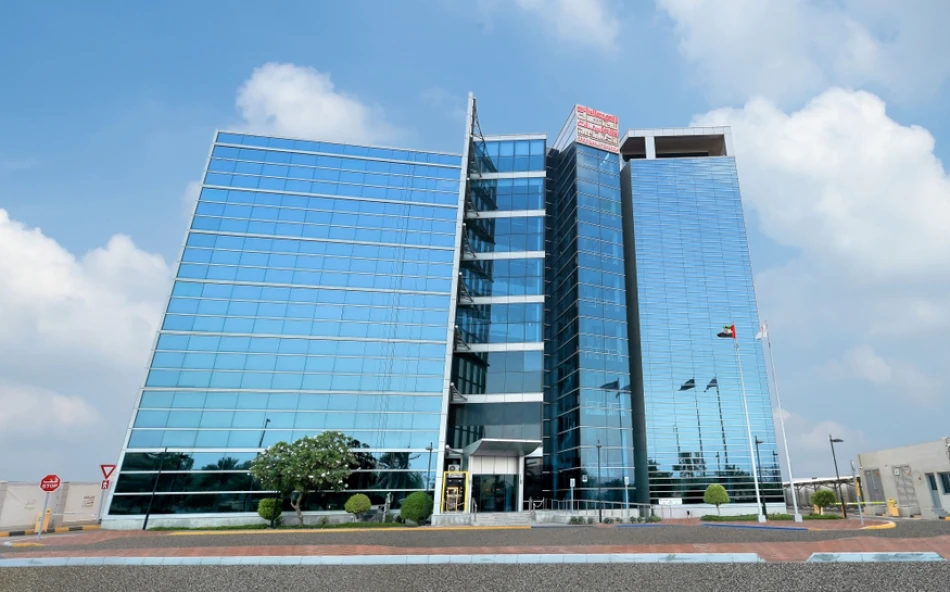
Retirees' Pensions Disbursed Tomorrow: Secure Your July Retirement Funds
UAE Pension Payouts Surge 5.5% as Retiree Base Expands
The UAE General Pension and Social Security Authority will distribute AED 838.5 million in retirement benefits this Friday for July, marking a significant 5.5% increase from the same period last year. The growth reflects both an expanding retiree population and enhanced benefit structures, signaling the maturation of the Emirates' social security system as its workforce ages.
Record Monthly Distribution Highlights Demographic Shift
The July pension disbursement of AED 838,506,089.76 represents a substantial jump from last year's AED 794,520,346.03, with an additional AED 43.9 million flowing into the economy. This increase isn't merely inflationary adjustment—it reflects fundamental changes in the UAE's demographic landscape as the nation's early workforce reaches retirement age.
The beneficiary count tells an equally compelling story. Some 50,080 retirees and eligible recipients will receive payments this month, up from 48,199 in July 2024. This 3.9% growth in the retiree base suggests the UAE is entering a new phase where its social security commitments are accelerating faster than its working population growth.
Economic Implications of Growing Pension Obligations
Fiscal Pressure on Government Resources
The expanding pension burden presents both challenges and opportunities for UAE policymakers. Unlike oil-rich neighbors who have struggled with pension sustainability, the Emirates has diversified its economy sufficiently to support growing social obligations. However, the 5.5% annual growth rate in pension payouts—if sustained—could strain public finances within a decade.
The payments cover civilian employees under various pension laws administered by the General Pension and Social Security Authority, as well as beneficiaries managed on behalf of the Ministry of Finance. This broad coverage demonstrates the comprehensive nature of the UAE's retirement system, but also highlights the government's exposure to demographic trends.
Consumer Spending and Economic Stimulus
From a market perspective, the additional AED 43.9 million in monthly pension payments represents direct stimulus to domestic consumption. Retirees typically spend a higher proportion of their income locally compared to working-age populations, making pension increases particularly effective at supporting retail sectors, healthcare services, and housing markets.
Regional Context and Future Sustainability
The UAE's pension growth trajectory mirrors trends across the Gulf Cooperation Council, where governments are grappling with the transition from young, expatriate-heavy populations to more balanced demographics. Saudi Arabia's Vision 2030 and Qatar's National Vision 2030 both emphasize pension reform as critical components of economic diversification.
However, the UAE's approach differs significantly from regional peers. While Saudi Arabia has moved toward privatizing pension management and Qatar has tightened eligibility requirements, the Emirates appears committed to maintaining generous public benefits—a strategy that reflects confidence in its economic diversification but may require careful calibration as the retiree population continues expanding.
The sustainability question becomes more pressing when considering that the UAE's citizen population is relatively small compared to its economic output, meaning each retiree represents a larger fiscal commitment than in more populous nations. This dynamic could either prove advantageous—allowing for generous benefits—or problematic if economic growth fails to keep pace with pension obligations.
 Sara Khaled
Sara Khaled







